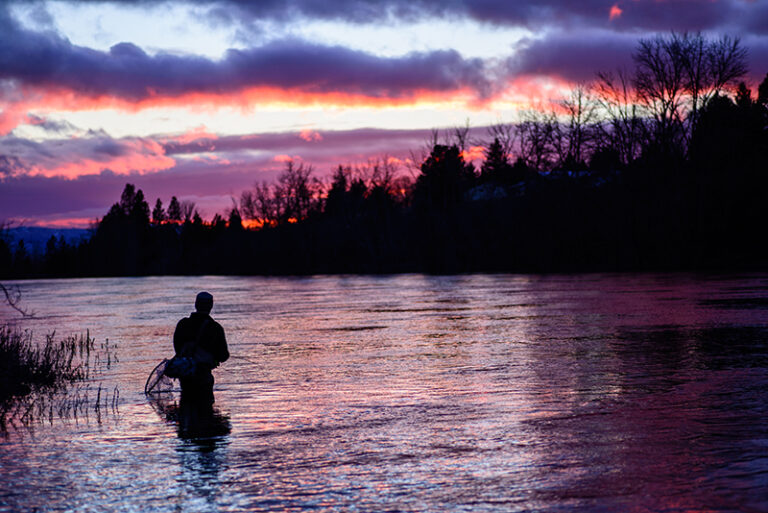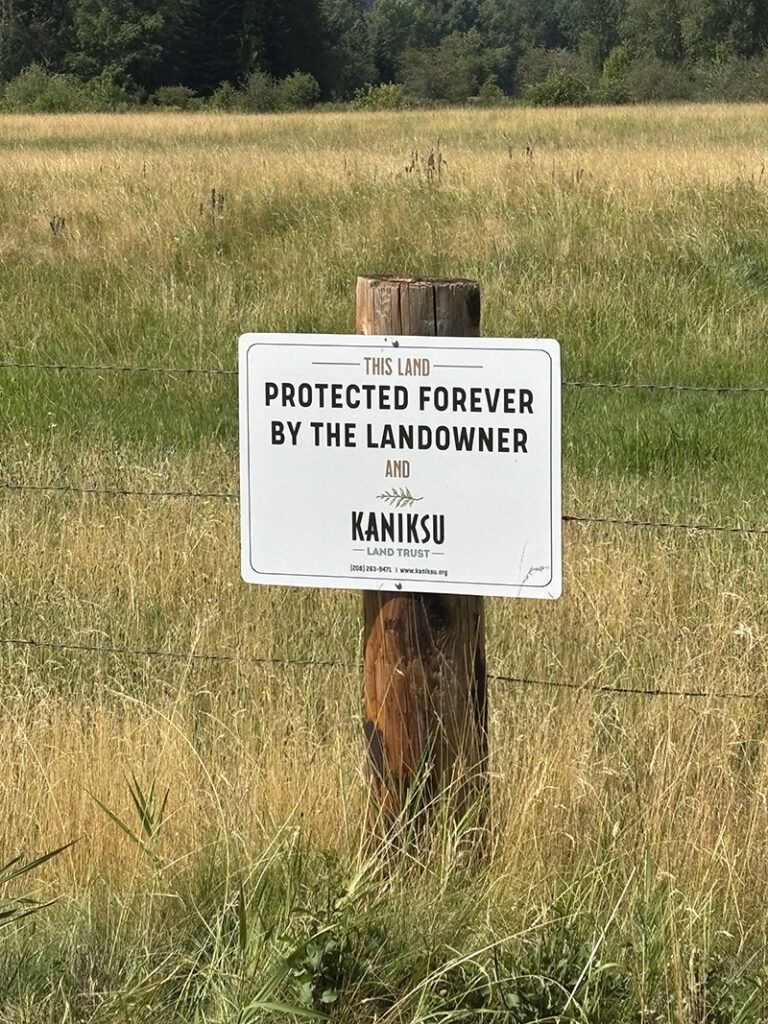Once again, OTM was fortunate to track down Inland Northwest “freeheel” ski luminary Nils Larsen-who is tirelessly touring North America with his multi-media, “A Journey to the Source,” highlighting his 2005 trip to the Altai Mountains in China and preparing for a return trip to the Altais this month. Larsen offers some basic backcountry skiing advice that will get your skis pointed in the right direction this winter: beyond the groomed.
How would you define backcountry skiing? Backcountry Skiing is a very broad term and encompasses many different styles of skiing. For me, backcountry skiing is skiing into whatever wild place is available. This might be a 20-acre hillside near your home or a 20,000-acre wilderness that you can spend days skiing in. I guess there are some broad categories that can be defined by gear choice and intention, but there are variations and mixings within these styles as well.
- Light Backcountry: At one end would be light Nordic gear, with a boot comparable to a hiking boot and lighter metal edged skis that are either waxable (for grip) or nowax (fish scale). This would be the crosscountry downhill category (XCD) and is suitable for all general wandering in the hills and mountains. This is some of my favorite backcountry gear as it equally balances performance between the touring and the downhills. I use this gear in the hills around my house and often in the Kettle Range. I find XCD gear very spontaneous. There is no separation between the up and the down-one just goes skiing.
- Skin Assisted Backcountry: This is probably the most popular backcountry skiing at the moment and can be done with either freeheel (telemark or “tele”) gear (where your heel isn’t locked down in the binding) or AT (alpine touring gear). Because of the emphasis of seeking out good downhill skiing, mountains are the medium, and climbing skins (gripping covers for your ski bottoms that let you climb), which allow for much steeper ascents, are used for the uphill portion of the touring. The gear is bigger, stiffer, and heavier as the emphasis becomes downhill performance. Skis tend to be wider (better in soft snow), and AT bindings have a free pivot setting that allows the heel to hinge off the ski for walking. Tele bindings allow this by their nature, although with stiffer boots, they do not hinge as freely as AT bindings. This kind of skiing gives one the opportunity to ski deep untracked snow, a rarity in ski areas these days. One may not get the vertical that’s possible when riding lifts, but there is a definite quality over quantity to be found in this style of backcountry skiing. It must be noted here that at the point you start touring for turns, you start putting yourself in avalanche terrain. One of the biggest components to backcountry skiing is understanding what avalanche terrain is and how avalanches are triggered.
- Ski Mountaineering: In our region there are a number of classic ski mountaineering objectives. The big volcanoes [of the Cascade Mountains] are classic and known throughout the country. The gear used here is pretty much the same as in the skin assisted backcountry with possible additions for particular conditions-glacier travel or long traverses. I would include long technical traverses as these are common ski mountaineering objectives too. There are many famous traverses just north of us in BC that range from 3 days to several weeks and travel through spectacular but difficult terrain.
What tips do you have for beginners? Go out with someone who is knowledgeable about both the skiing and the many safety and gear related issues that are part of backcountry skiing. Try and start with an easy tour and good snow conditions. Know the area or go with someone who does.
Where are the best local places to get started? One can do short (and safe) tours off or adjacent to many of our local ski areas or mountain passes. We live in an area that normally has good snow cover in the winter, so there are almost infinite options. The best places are the ones you or your friends know and feel comfortable in. The biggest backcountry danger is avalanches, so make sure you are with someone who has good actual knowledge of this, or pick an area that is avalanche safe.
What do you recommend for technique and safety instruction? Backcountry skiing involves both skiing and backcountry safety and travel. The skiing part, which is quite different than skiing groomed snow, might require some practice and a few lessons. If you ski at a lift area, make a point of skiing the snow de jour-the ungroomed snow of the day. The other and generally foreign element to lift skiers is backcountry travel and safety. Friends with touring experience can help on the travel techniques, but I would recommend taking at least a basic course in avalanche awareness.
Anything else you wish you would have known when you first started skiing the backcountry? Lots! I knew nothing when I started other than I wanted to ski in the backcountry. I made lots of mistakes-got caught in an avalanche that I was lucky to survive, got stuck, got out, got lost… Good judgment comes from experience and experience comes from bad judgment.
Join Nils and other telemark ski fanatics for a fun weekend in Nelson, British Columbia for a classic multi day telemark workshop, “Beyond the Groomed.” The workshop runs February 18-20 and includes skiing at Whitewater Ski Resort and an optional guided backcountry day. For more information, visit: www.freeheels.com/workshops/indexbtg.html.
Shops for Backcountry Ski Gear:
- Mountain Gear:
- 2002 North Division (509) 325-9000
- REI:
- 1125 North Monroe St. (509) 328-9900
- Mountain Goat Outfitters:
- 12 West Sprague Ave. (509) 325-9806
- Fitness Fanatics:
- 12425 East Trent Ave. (509) 922-6080
Resources and Workshops:
The Spokane Mountaineers
www.spokanemountaineers.org
The Canadian Avalanche Association
www.avalanche.ca
Mountain Gear
www.mgear.com
Free Heels
www.freeheels.com
Off-Piste Magazine
www.offpistemag.com













